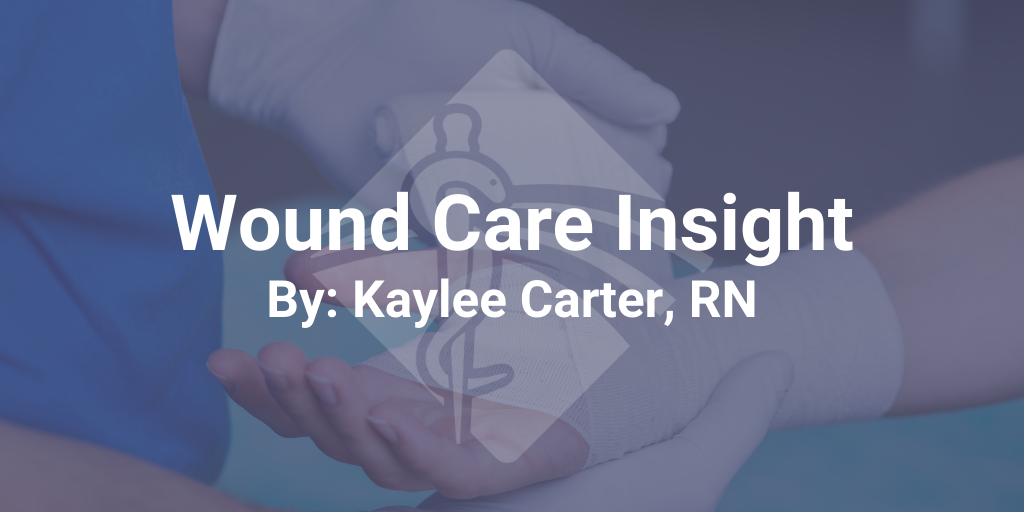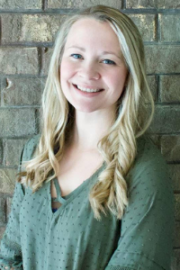
Wound Care Insight
Wound care is a large part of our day in the Burn Center. It’s not unusual for us to spend several hours completing one dressing change. In fact, we perform so much wound care,that it often becomes second nature. Remove the dressing, bathe the patient, assess the wound, re-apply the dressing… over and over! Habits can be beneficial, don’t get me wrong - until the habit takes over and we lose focus and attention to detail in our care. I try to remind myself during each dressing change, to slow down. Slowing down for a moment allows me to refocus and ensure I haven't missed anything. The optimal time to do this is right at the beginning, when removing the dressing. While coaching others I explain that the previous dressing can function as a guide for them to replicate. Burn dressings can be quite complex, especially when first beginning in a wound care journey. Utilizing all the resources available will ultimately aid in the learning and understanding of burn wound care.
Assessing burn injuries can be quite an intimidating task, especially when our eyes are not acclimated to the burn world. Rest assured that sight is not solely responsible for the assessment skills; touch and smell are equally, if not more valuable. Far too often, providers are hesitant to touch burn injuries. Tactile feedback is a crucial component in assessing burns. Utilizing all three of these senses together can tremendously improve assessment skills.
I have also adopted the process of asking my colleagues what they see and feel. I find that consulting with other burn team members, such as another nurse, PA, MD or therapist is beneficial; collective assessments have the potential to be so helpful! I recognize that after hours of wound care, my attention to detail may be altered. A fresh set of eyes can often help identify things that initially I had not noticed.
In addition to asking others what they are seeing, I like to ask myself, “why?”. “Why am I applying this dressing?” “Why does the wound appear this way?” From there I can rationalize my actions. If I cannot answer “why?”, I know I need to pause and ask another provider. Understanding the reasoning behind our actions keeps us from falling into complacency. I know we have all heard the statement “we’ve just always done it that way”. Those words are so dangerous! Learning cannot take place when that statement is delivered. When addressing the “why?”, if no explanation or reasoning behind the action is given, then a learning opportunity can be missed.
Wound care will consume so much of your time as a burn provider. Luckily, a passion for wound care is what interested many of us in the burn specialty. Utilize all the resources available to gain competence in your career. Aim to always understand the reasoning behind your actions and I am certain you will be proud of the burn care you provide.
About the Author:
 Kaylee Carter is a Registered Nurse in the Burn Center at Wake Forest Baptist Health in North Carolina. Her medical career began as a phlebotomist in 2012. Since then she has climbed the degree ladder from CNA, LPN, ADN, and she is two semesters away from her BSN. She maintains ACLS, PALS, BLS, ABLS, and ABLS instructor certification. Kaylee has spent several years as a staff nurse on the Burn Center and recently stepped into the Clinical Nurse Educator role. She is very passionate about nursing retention and is the principal investigator for a research study related to burn nurse retention at her facility.
Kaylee Carter is a Registered Nurse in the Burn Center at Wake Forest Baptist Health in North Carolina. Her medical career began as a phlebotomist in 2012. Since then she has climbed the degree ladder from CNA, LPN, ADN, and she is two semesters away from her BSN. She maintains ACLS, PALS, BLS, ABLS, and ABLS instructor certification. Kaylee has spent several years as a staff nurse on the Burn Center and recently stepped into the Clinical Nurse Educator role. She is very passionate about nursing retention and is the principal investigator for a research study related to burn nurse retention at her facility.
